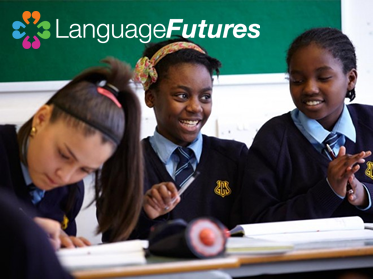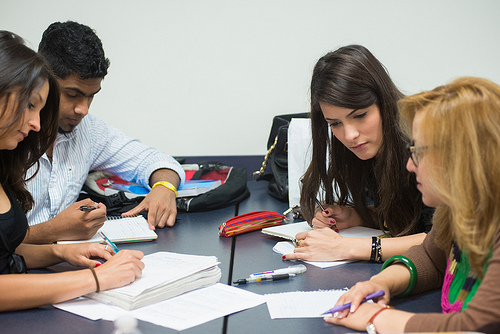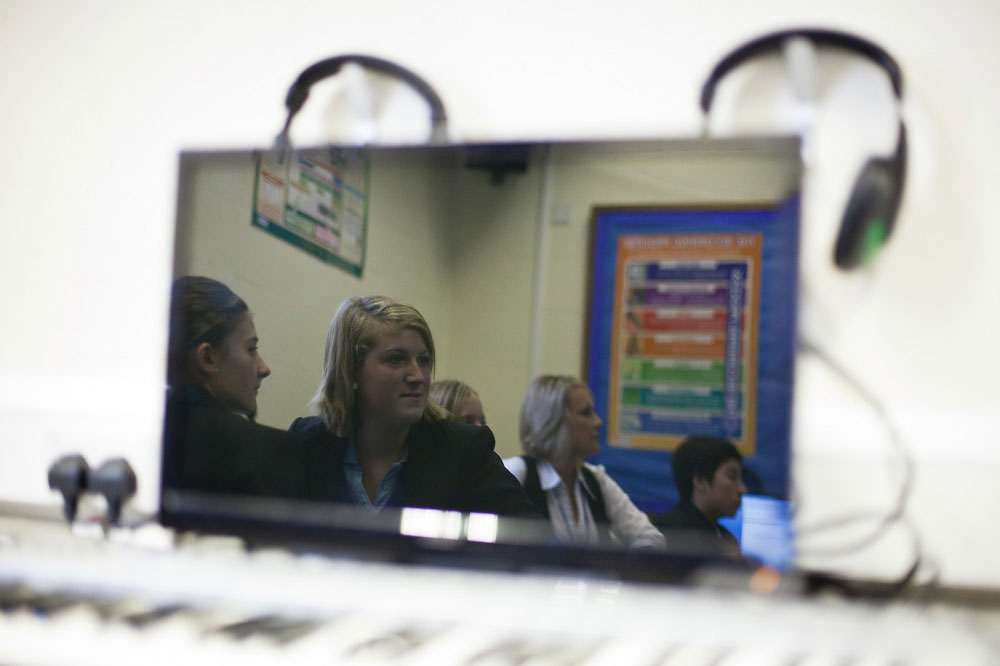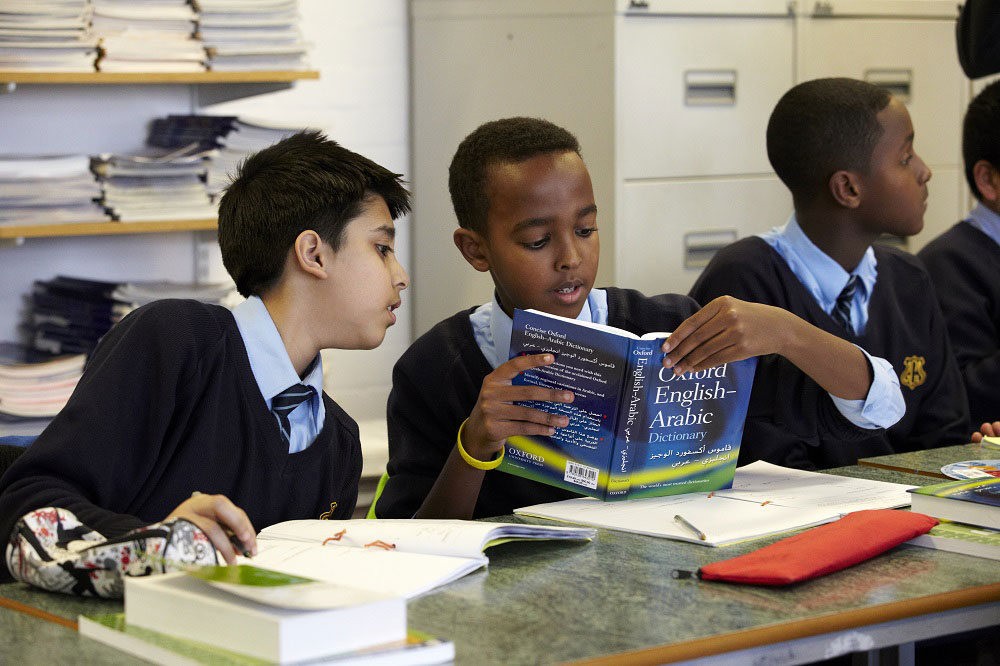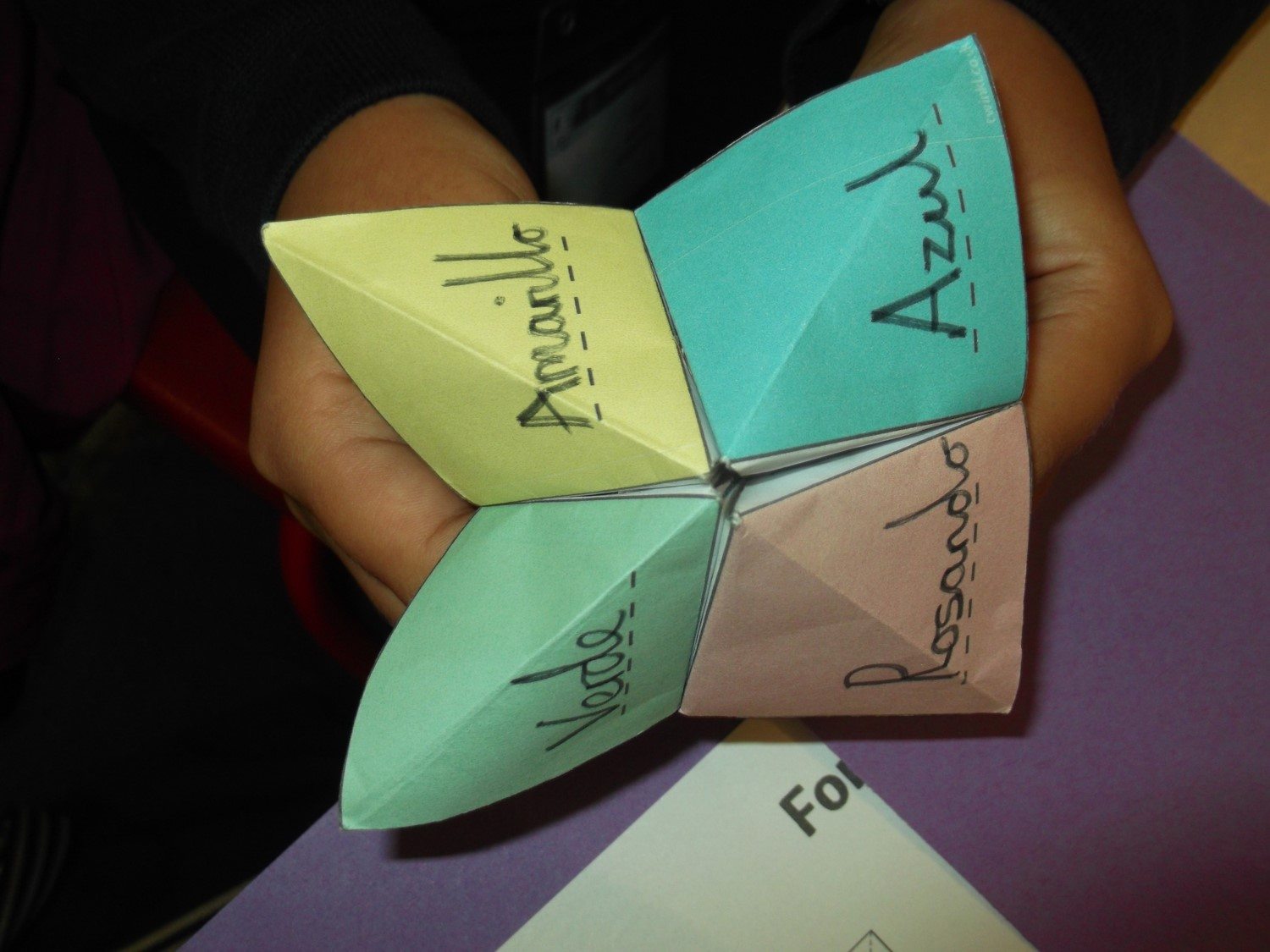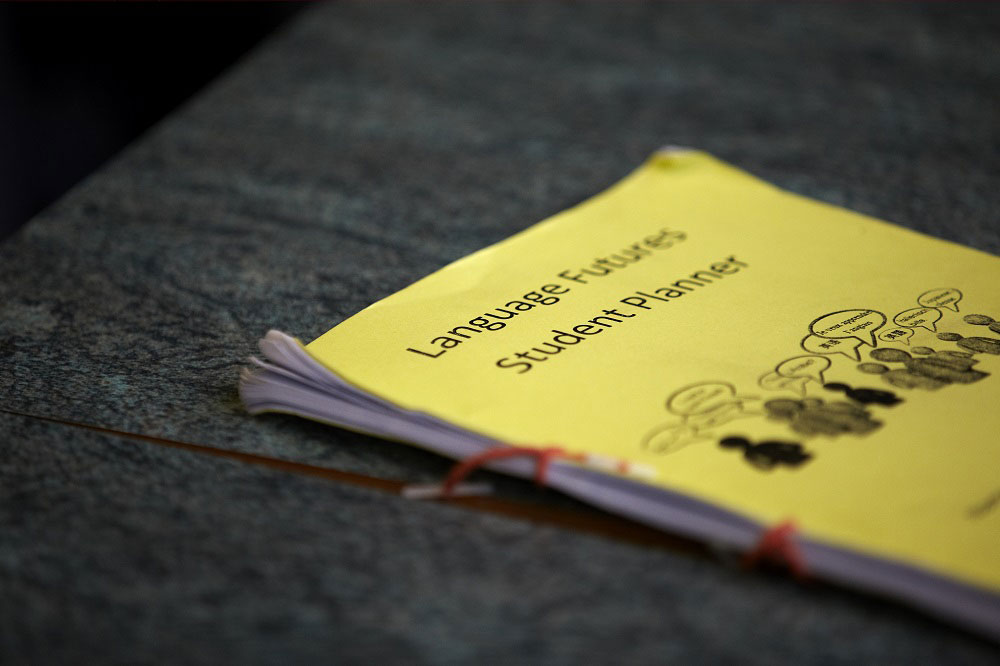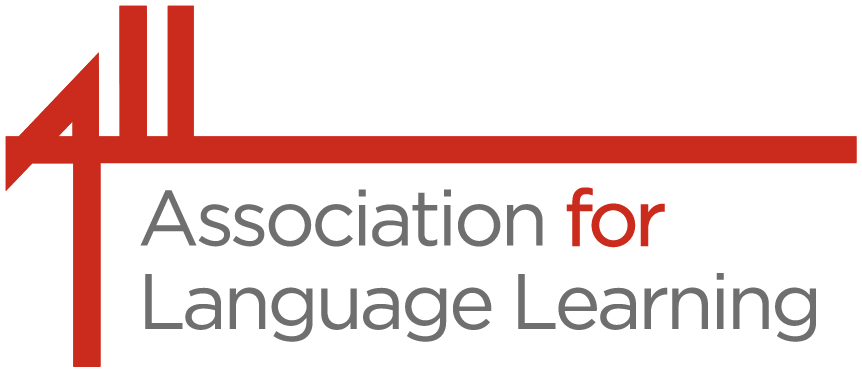The Approach
Language Futures has been designed to foster deep learner engagement and to enable students to take responsibility for their own learning. This is achieved through five core features:
Student choice and agency:
Students choose the language they wish to learn. In this way the approach taps into their own intrinsic motivation and ensures that their learning feels relevant to them and their personal interests and aspirations. There is an emphasis on fostering learning-to-learn skills which are seen as essential for students to be able to lead their own learning. Teacher, students and mentors plan the curriculum, the content and the modes of delivery together. Students identify their own learning needs, with support, and engage in research and problem-solving processes to address these needs. Student choice also encompasses learners exercising control over other significant aspects of their learning such as topic choice, methods of learning, resources, classroom activities, and follow-up work outside the classroom.
Teacher as designer and facilitator:
Teachers are the designers of the students’ learning and create the conditions for them to manage their own learning processes. The teacher may be a specialist linguist, but may not have expertise in all or any of the languages being learnt in the Language Futures classroom. The teacher designs and frames the learning through the creation and presentation of projects, and most importantly through the asking of strategic questions that prompt and probe students’ understanding of particular language structures, helping them to set goals for their learning, and offering guidance on resources. The teacher inspires confidence in the learning process through their encouragement and enthusiasm, which helps students to develop resilience, particularly in the early stages when they need to become used to this more independent way of learning.
School as Basecamp:
School is not seen as the sole place where learning can take place, or the single source of knowledge. Students access online learning resources and emerging technologies and make use of informal opportunities away from the classroom to continue their learning with language proficient mentors supporting students in class. Schools also work with a student’s family to support learning and help create immersive learning opportunities at home or elsewhere. Activities students might engage in include: listening to target language music, reading target language books, watching target language films, or other visual media (adverts, clips, music videos), following target language recipes, putting their gaming devices, mobile phones or social media applications into the target language, teaching the target language to a friend or family member, or conducting internet research.
Project-based learning:
Students design, plan and carry out extended projects that produces an output, such as a product, publication or presentation. Ideally, these outputs are exhibited to an external audience which can be a powerful motivator for both students and staff. Projects are designed to build knowledge and develop skills, to incorporate language learning and inter-cultural understanding and to connect learning to the real-world. Starting out with a challenging question, students engage in sustained inquiry, which involves generating further questions and using a range of resources to answer them. This activity is student-led.
Building a learning community:
Students share knowledge about language with each other by sharing their learning across language groups with, ideally, at least two students studying each language so that they can support and learn from each other. Students receive personalised support from language proficient mentors who are volunteers with an in-depth knowledge and fluency in a particular language, recruited to provide good models of the language and to advise students on specific language queries and learning tasks. Teachers and students become partners in learning and a culture of collaborative enquiry is established in the classroom and beyond.
Language Futures gives students the skills and competencies to lead and manage their own learning, thus equipping them to continue learning languages in the future. Feedback highlights that, when delivered well and in line with the five core features, the Language Futures approach achieves real breakthroughs in learner engagement.
Explore the Adaptable Model page for ideas on how the approach can be used in a variety of curriculum settings.
How the approach works in practice
Watch a series of short films which explore the approach in practice:
- Impact of a Language Futures approach on teachers and language teaching pedagogy.
- Language Futures in practice - a primary teacher's view.
- Language Futures in practice, Melbourn Village College.
- The potential and value of a Language Futures approach to language learning.
- Implementing a Language Futures approach to language learning in schools.
- The role of mentors and mentoring.
You can also explore a series of articles, features and blogs on the approach:
- Language Futures – the primary approach.
- Is this the future of language learning?
- The role of mentor volunteers in the languages classroom.
- Using a Project-Based Learning approach to support language learning.
- Gladesmore Community School: promoting linguistic diversity through Project-Based Learning.
- Project-based learning in the MFL Classroom webinar.
- Bringing Life into Language Learning.
- Mentoring at Linton Village College.
- The Big Idea.
- A Day in the Life.
- The Power of a Language Mentor.
